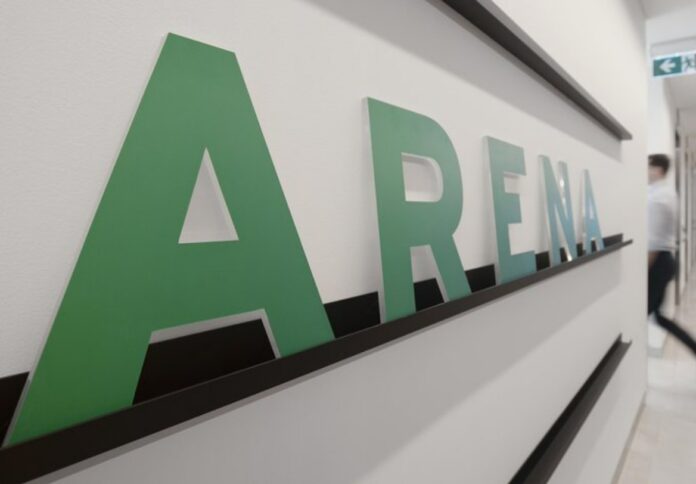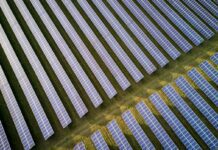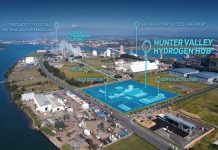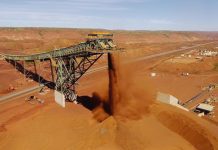
The Australian Renewable Energy Agency (ARENA) announced a grant of $1,666,701 to Aboriginal Clean Energy Partnership Pty Ltd (ACEP) for Phase 1 of the feasibility study for the East Kimberley Clean Energy and Hydrogen Project.
The $3,333,403 Phase 1 feasibility study is poised to advance the project aimed at generating large-scale renewable energy, renewable hydrogen, and renewable ammonia for export from Western Australia’s Kimberley region.
This project also aims to scale up renewable hydrogen production while setting a precedent for First Nations partnership in renewable energy ventures.
Traditional Owners will not only act as stakeholders but also as shareholders in the development phase of clean energy projects.
Under this partnership, ARENA will collaborate with ACEP to share best-practice models, offer capacity-building opportunities, and facilitate workforce development tailored for First Nations groups.
Formed in 2022, ACEP is a joint venture between native title representative holders, including Yawoorroong Miriuwung Gajerrong Yirrgeb Noong Dawang Corporation (MG Corporation), Balanggarra Ventures Ltd (Balanggarra), Kimberley Land Council Aboriginal Corporation (KLC), and climate and nature investment and advisory firm Pollination. Each partner holds an equal share in the partnership, overseeing all aspects of project development, ensuring majority First Nations ownership.
Darren Miller, CEO of ARENA, pointed out the project’s significance in demonstrating First Nations leadership in the energy transition.
Miller stated, “The energy transition and a global hydrogen race are well underway. ARENA is working with ACEP to explore how First Nations communities can have a greater say and a greater stake in Australia’s renewable hydrogen ambitions.”
Anthony Watson, chairman of KLC, highlighted the project’s potential to foster Indigenous empowerment while preserving cultural heritage and environmental sustainability.
Lawford Benning, executive chair of MG Corp, expressed excitement about the venture, underscoring the opportunity for Traditional Owners to participate in a greener, cleaner energy transition.
The project’s Phase 1 feasibility study, commencing immediately, aims for completion within five months.
If proven feasible, the proposed facility would consist of solar generation paired with electrolysis capacity to produce renewable hydrogen.
This hydrogen would be transported to produce renewable ammonia for export to key trade partners in Asia and domestic use.
According to ARENA, this ambitious deployment signifies one of the world’s largest renewable hydrogen and ammonia production facilities, with an estimated capital cost ranging from $2.7-3.2 billion.



















